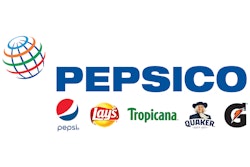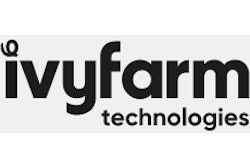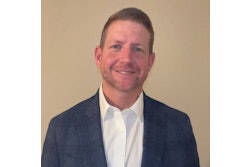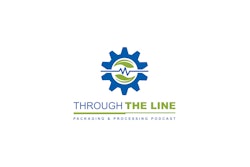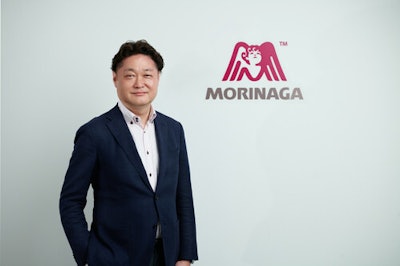
Morinaga America has announced Teruhiro (Terry) Kawabe has been promoted from president and CEO of MAI to chief representative for the U.S. and president/CEO. In his new role, Kawabe will oversee and supervise Morinaga America Foods, the production facility in North Carolina, and Morinaga America, the U.S. corporate division of the company. With MAI’s goal of strategically expanding the U.S. business, Kawabe will look to optimize business management for both companies and drive the strategic expansion of the U.S. market.
Kawabe has worked with Morinaga Group for over 30 years, previously serving as president and CEO of Morinaga Asia Pacific (MAP) in Bangkok, Thailand, before his most recent role at MAI. During his tenure with MAP, Kawabe grew the Hi-Chew brand’s distribution footprint in New Zealand, Australia, and South Africa, tripling the sales volume in three years.
 | The Future Is Here: Evolution of the Food Manufacturing Facility |
Hi-Chew sales in the U.S. have grown from $8 million in 2012 to more than $100 million in 2021. Additionally, he executed two new brand launches within MAI in 2022, including Chargel, an energy gel drink, and Fi-Being, a better-for-you hard candy option.
“I’m delighted to continue leading MAI on its path towards sustainable growth and to continue expanding the brand’s footprint across the U.S. markets,” says Kawabe. “I’m looking forward to bringing MAI’s vision of solidifying a presence in the wellness space to life, while continuing to deliver delicious, fun, and better-for-you foods to the U.S. consumers.”
The company plans to accelerate the process of new product development through a newly established U.S. research and development lab.



